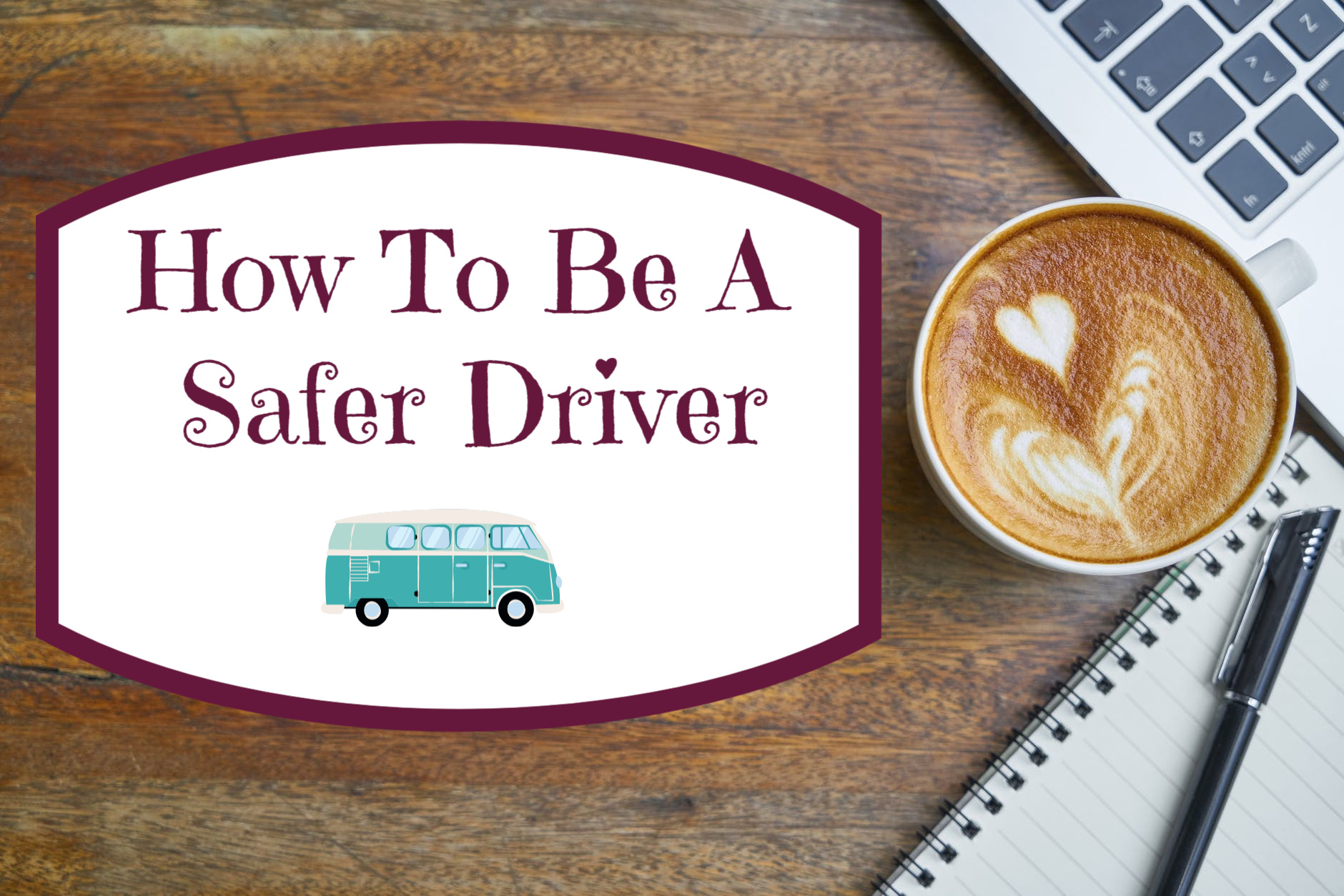Being a safe driver should be a priority for any driver. If you can drive more safely, you not only keep you, any passengers and other road users safe, but you’re less likely to be involved in any accident. This can help bring down the cost of your car insurance, saving you some money too.

Car accidents are on the rise, perhaps thanks to just how many distractions we have nowadays when driving, from on board sat nav systems, the cell phone buzzing, or the kids making noise in the back. Forget the distractions and drive safer with these tips.
Stay Focused
It’s essential to concentrate when you’re driving and pay close attention to the road. Put aside any distractions. Find the least distracting setting for your Sat Nav, put your phone away in the glove compartment, and resist the urge to mess with the radio while you’re driving. Try to teach the children that the car is for quiet time, so they aren’t distracting you.
Plan Ahead
You’re more likely to make silly mistakes if you’re in a rush, so make sure you always leave with enough time to make your journey at a more leisurely pace. Give yourself enough time to hit delays like traffic or an accident too. Plan your route before you set off, so you aren’t distracted trying to set up the Sat Nav or trying to find the right road signs to guide you on the way.
Know How To Respond To An Accident
Knowing what to do if you lose control of the car could save your life. If you’re spinning out, focus your eyes on where you want the car to go, instead of where you’re worried you might hit. Your hand-eye coordination will make it easier to direct the car to where you want it to go. You should also know what to do if you have had an accident, such as staying with the car, what information to get, and when to call a car crash lawyer.
If a tire blows out, keep the car in as straight a line as you can and slow down. Keep both hands on the wheel, and as soon as you are able to, pull over. Don’t slam too hard on the brakes, and instead came to a more gradual stop, so you don’t lose control.
Always Drive The Speed Limit
It might seem obvious, but the speed limit signs are there to keep you safe. Even if you can’t tell why the speed limit is low, trust that the signs are there for a reason, and stick with the speed limit. If you are speeding, you’re much more likely to have an accident and take more damage.
Keep Road Rage Under Control
We all get annoyed when we’re driving sometimes, but if you’re driving angry, you’re more likely to make bad decisions and lose focus. If you feel irritated when you’re behind the wheel, take some deep breaths and try to calm down. If you’re really angry, pull over for a bit until you feel calmer.
Drive For The Weather
If the weather is bad, you’ll need to adjust your speed to match. Drive slower when the weather is wet, as not only will visibility be lower, but you’re more likely to skid or hydroplane. Remember to turn on your lights in poor visibility conditions, like rain or fog. Go easy on your brakes when the weather is poor, as this makes it easier to control the vehicle.
Drive At A Safe Distance
Give other drivers plenty of space, so you have time to stop suddenly, should a car in front need to brake hard. Generally, you need to leave a stopping distance of around three seconds between you and the car in front. If the weather is bad, double that amount.
Hold The Wheel Correctly
For the best control, hold the wheel correctly. Imagine the steering wheel is a clock, and place your hands at the ten and two positions. Grip the wheel firmly. This gives you the best response to any need to steer while driving.
Stay Alert
If you’re tired while driving, you won’t be able to concentrate properly. If you can, stop and take a break, with a short nap or at least have a cup of coffee. If you can’t stop, open the window so you get some cold air to help you feel awake. You could also try turning the radio up louder to make you feel alert.
















